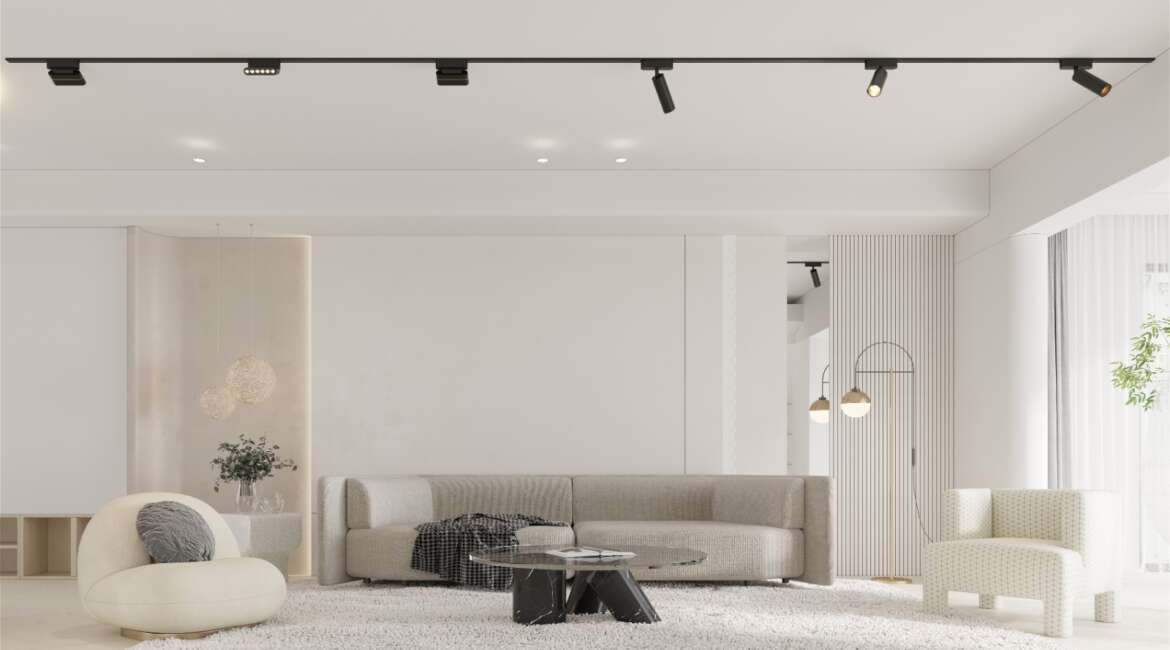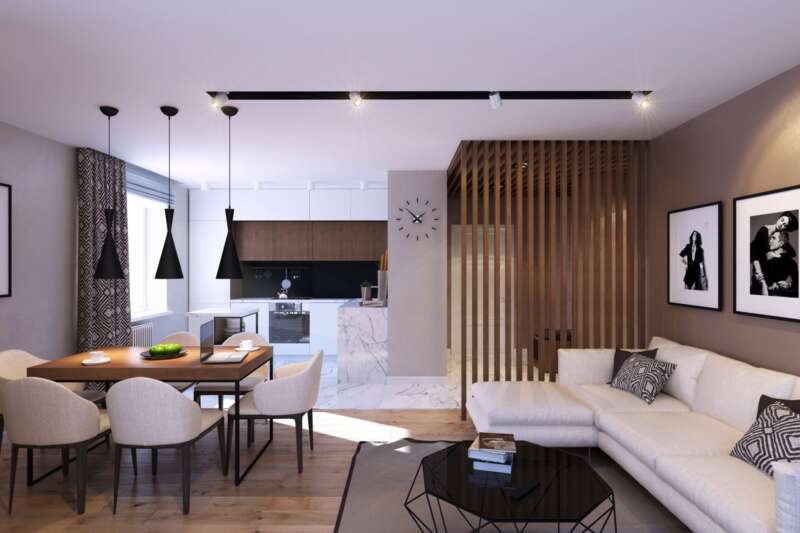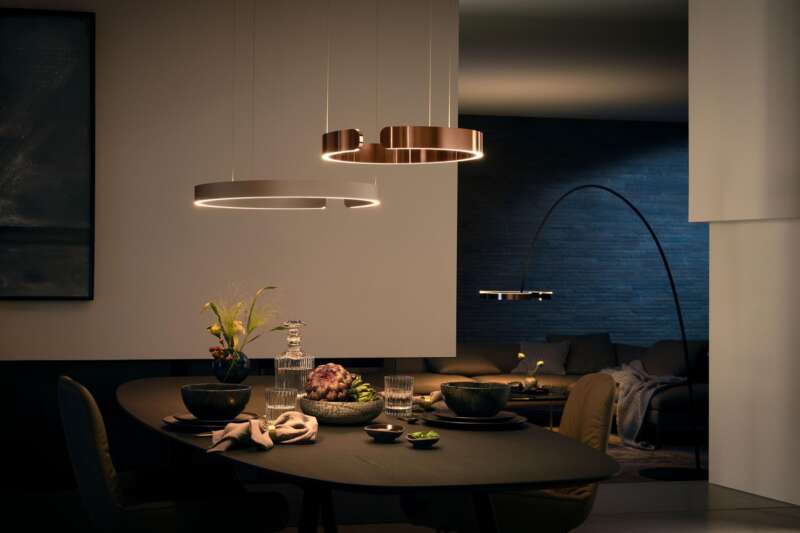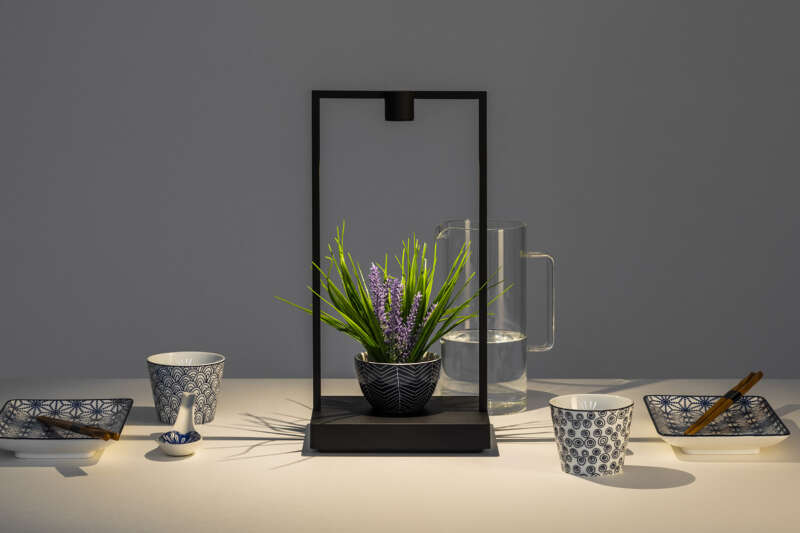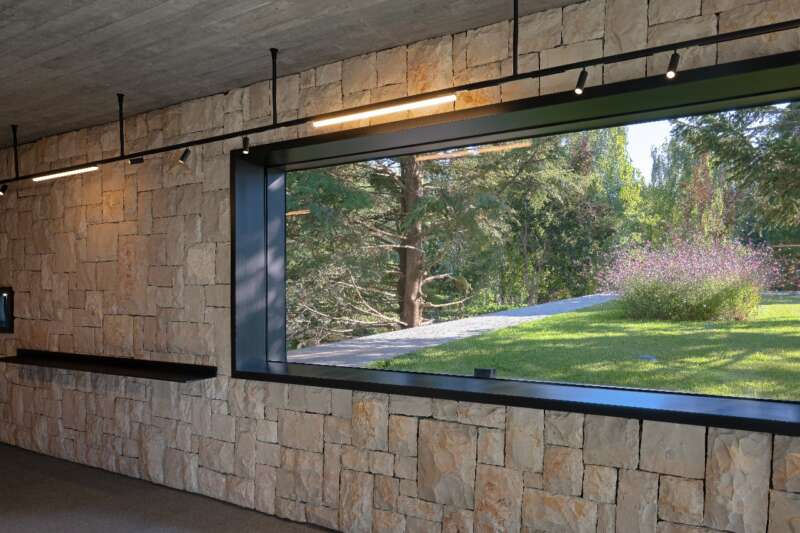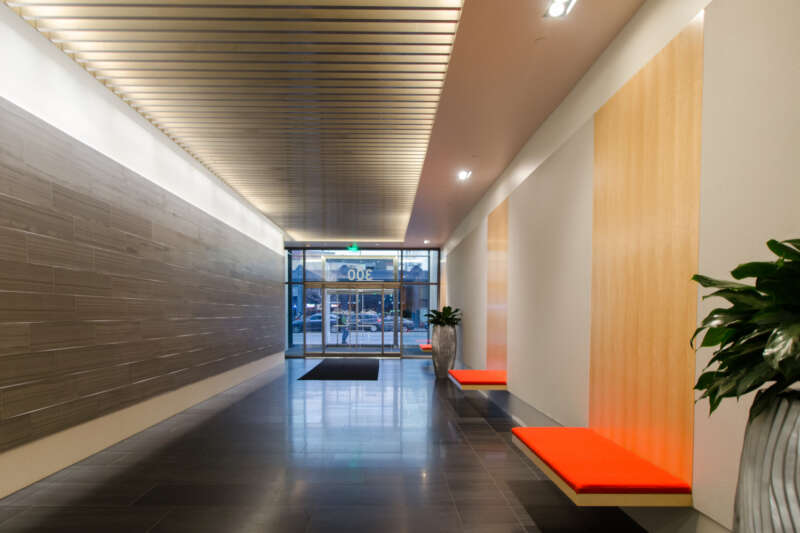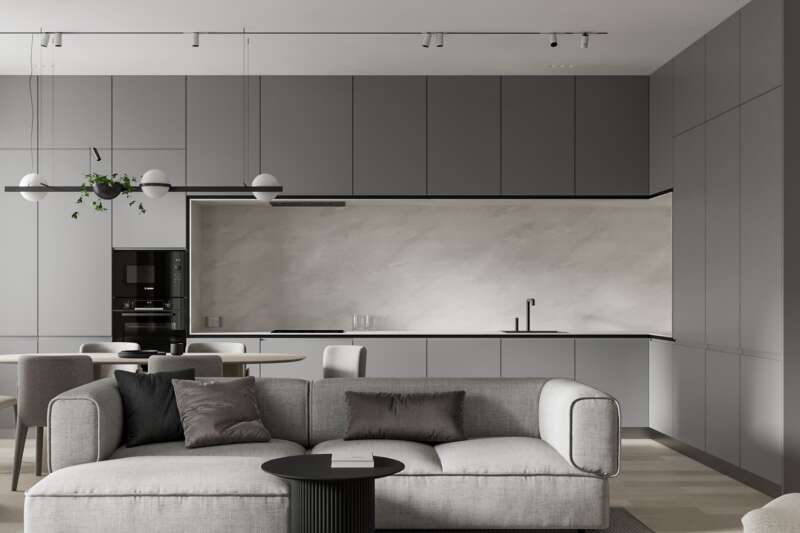Track Lighting
The lighting fixtures you choose in each room are important. With more lighting options available than ever before, it can be hard to decide what mix of lighting is right for you. One of the most popular approaches is to have a combination of more traditional fixtures and track lighting or recessed lighting.
Track lighting can offer some benefits to a room, but it also isn’t necessarily the right fit for every room or situation. Here’s what to know about track lighting and how you can use it in your home:
What is Track Lighting?
Track lighting is a specialized lighting system where the light fixtures are attached to a continuous track or railing. Instead of routing electricity to each individual lighting fixture, electrical conductors are placed within the track device, which then feeds electricity to the lighting fixtures attached to it. It can be mounted to a ceiling or a wall to provide light to a room.
Here are a few benefits of track lighting:
1. Flexible Placement
Unlike many traditional lighting options, track lighting is not restricted to just the ceiling or to where it was initially installed. Because the electric conductors are housed within the track and not installed directly into the wall, you can place the track wherever you need to and then you can move it without requiring remodeling in most cases.
2. Highly Adjustable
In addition to flexible placement and the ability to move the structure if you need to with minimal effort, track lighting is also highly adjustable. You can use a stem and power extender to drop or raise the track to whatever height you would like.
Plus, you can rotate track lighting and angle individual lighting fixtures. This allows you to change the lighting, mood, and feeling of a room regularly. All of this gives you even greater flexibility and customization in your lighting! You can also vary the shape and style of the track you use for a unique look. Plus, there are plenty of modern track lighting ideas to help you get a lighting aesthetic that always looks current.
How to Use Track Lighting in Your Home
Track lighting is perfect for rooms that have high ceilings and require large amounts of light from certain angles. It’s also a great fit for areas where you need to be able to create maximum light in targeted spaces.
Bedroom
Track lighting can be a great way to highlight a vanity, workspace, or reading area in a bedroom. This is something to consider when planning bedroom lighting design. You can also run a track around the entire perimeter of the room to fully illuminate the room.
If you have a tray ceiling in your bedroom, running lights around the perimeter is one of the tips for decorating tray ceilings. Dimmers and switches to control different tracks allow you to set up a lighting system in your bedroom that works for you.
Living Room
Getting the lighting wrong is one of the common living room design mistakes to avoid. Depending on the layout and how you plan to use it, track lighting could help you get the lighting you need in your living room.
Similar to the bedroom, you can use track lighting to spotlight certain areas of the room or run tracks along the perimeter to provide plenty of light. Multi-level brightness and flexible lighting are also living room design trends. If your living room is set up to have multiple functional areas, like a space for the TV and a separate reading area, you can use track lighting to adjust the lighting of the room for those areas.
People who want to watch TV can dim or turn off the track handling their lights while anyone in the reading area can leave theirs on for plenty of illumination. This is also one of the ways you can define spaces in an open concept floor plan.
Kitchen
Good lighting is one of the kitchen must-haves, which means the kitchen is another great fit for track lighting. If you have a kitchen island, you can install track lighting above it to illuminate a prep space, the bar while entertaining, or the countertop where children are doing homework or you are trying to get work done. A track in the center of the kitchen allows you to angle individual fixtures to spotlight and illuminate previously shadowed workspaces.


